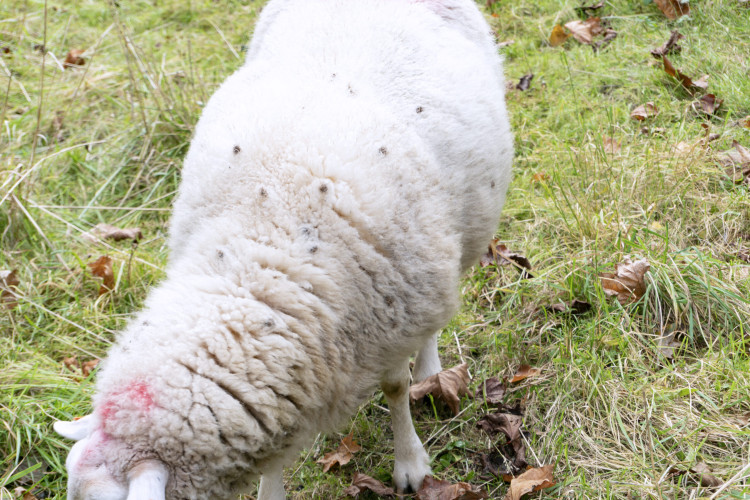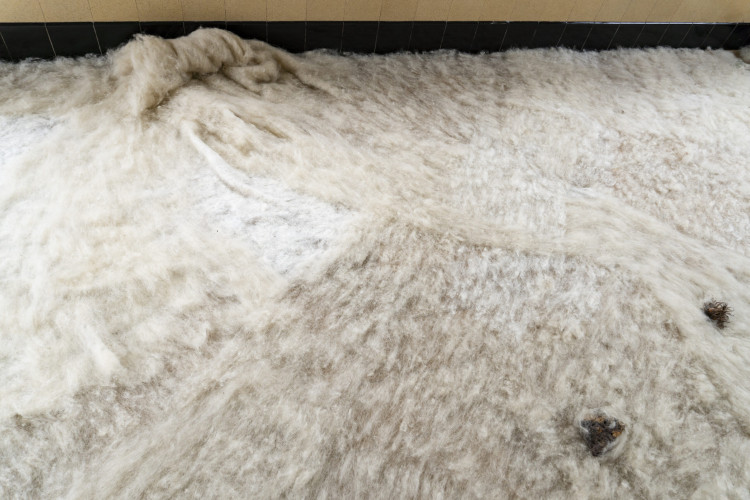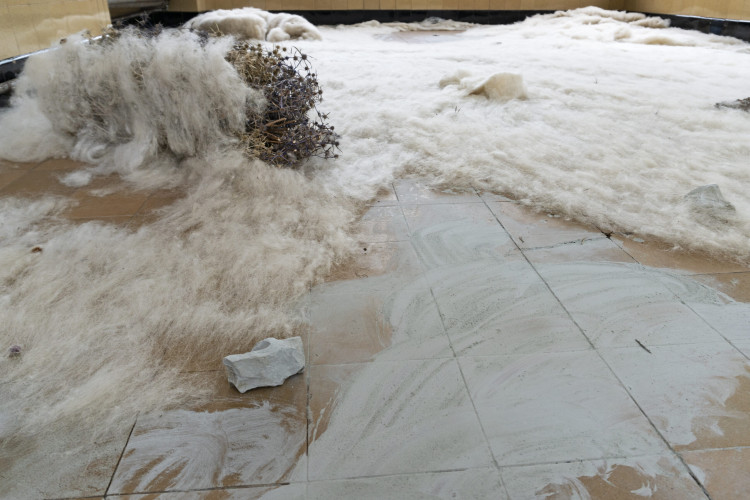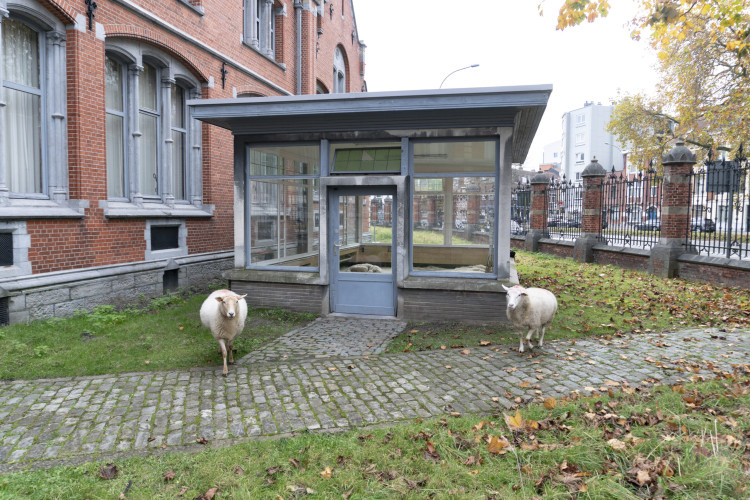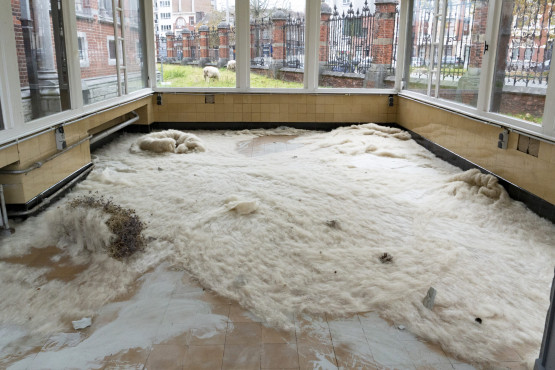
Poetics of Hospitality: Chapter I
Zinaïda Tchelidze: Cuttings
23.10.2021–12.12.2022
Het Paviljoen, KASK & Conservatorium/ School of Arts
Poetics of hospitality*
*Poetics of hospitality* is an artistic and curatorial reflection conceived as a series in three chapters addressing the notion of hospitality and the unspoken rules that underlie this universally-shared custom. The word hospitality in and of itself – derived from the Latin word hospes*, which means both ‘host’- the one who receives – and ‘guest’ – the one who is received – invokes the complexity of the host-hosted relationship.
Departing from the form of the pavilion, a transitional structure that challenges the concepts of property, territoriality, and borders, Poetics of hospitality invites artists to question their link to this space as potential guests or hosts.
🗝 Curated by Marion Adrian & Sungyoon Ahn 🗝
For the first chapter, the artist Zinaïda Tchelidze (b.1982, Georgia) presents Cuttings, an in-situ installation that unfolds between the Het Paviljoen and the garden of the KASK campus.
Borrowed from the horticultural term ‘cutting’ (a part of a plant that has been cut and prepared to be transplanted in order to take root or graft elsewhere), the exhibition’s title is a nod to Tchelidze’s art as a reflection of her lived experience.
As an attentive observer, born from the experience of being othered through building a life across different cultural crossroads, the artist has often been forced to constantly create and recreate new ‘chemin,’ using the context in which she intervenes as a starting point for further exploration. Whether it is a myth, a symbol, local history or context, an unknown material, or a skill, she first orients herself with any new challenge or environment – through collaborations with artisans, researchers, or performers – before transforming and weaving it into a larger but more personal narrative, through nature and nurture, with or without the violence implicit from a cut or deliberate transplantation.
Cuttings is the outgrowth of the artist’s observation of the sheep in the gardens surrounding the pavilion. From this came her desire to provoke a potential encounter with the animal, which then led her to build a temporary shelter for two sheep as part of her work. This staging process transforms the exhibition space into an unstable ecosystem that requires mutual trust between the different residents who occupy and move through the same space.
With Cuttings, Tchelidze attempts to go beyond the human/animal, nature/culture dichotomies by using the enclosed pavilion as a protective place for something new to take root. She gives shape to a sculptural work composed of wool and organic materials with beneficial properties collected during her travels between Georgia, Belgium, and France.
The wool is transformed and softened by performative, repetitive, and sometimes rough gestures. It becomes a free, warm, and absorbent material that attracts all sorts of organic elements, such as the heads of wild plants entangled in it, volcanic rocks or liquid clay poured into it that transforms as it dries.
From this process, in which human and non-human matter is decomposed and reconstituted, the artist addresses a version of the human species that is biologically linked to its environment. Instead of opposing ‘human’ and ‘animal’ as fixed or given identities, the exhibition makes them bystanders to the emergence of a new, fluid, and independent entity.
Much of the artist’s work is derived from semi-autobiographical investigations of moving through time, space, and cultures, by reacting to confrontation, coexistence, realities, and fiction, using play as an investigative tool to blur these different constructs. This particular piece departs from the semination of seeds spread from place to place by sheep with their wool, an act that is simultaneously completely organic and assisted by domestication. An allusion to the influence of humanity on the natural world and nature’s influence on humanity, as well as the artificial and impermanent separations between these interconnected and ultimately same spaces.
